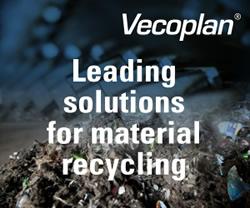Science Plant a Wind Tree in your neighborhood to generate energy from low-speed wind
Bruce Brown for Digital Trends: These trees do more than just add ambiance. Harnessing the wind to generate electrical energy usually brings to mind thoughts of huge land- or ocean-based wind farms consisting of huge towers with two or three blades, each more than 100-feet long, on the top. The size, weight, noise, and vibration of industrial wind turbines restrict their use to large open spaces. Newwind, a French startup, has developed a much smaller, urban-space-friendly “Wind Tree,” reports Electrek.
The Wind Tree, which produces sufficient energy to power small buildings or streetlights, is designed to connect to a nearby energy storage system. The trees are each about 30 feet tall and 26 feet in diameter, and weigh approximately 5,500 pounds. Each tree has 54 Aeroleafs mounted vertically on tree branches. The Aeroleafs are 3.2 feet high and, spinning at optimum speed, are capable of generating 65 watts each. So, a tree with 54 leaves has an energy-generation capacity maximum of 3,510 watts (3.5kW), about the same as a small home solar installation. Cont'd...
Comments (0)
This post does not have any comments. Be the first to leave a comment below.
Featured Product

